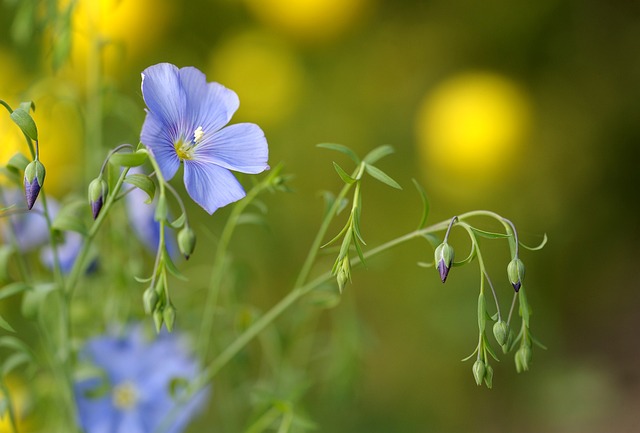Implementing budget gardening tips like collecting rainwater, using native drought-resistant plants, and DIY projects can significantly reduce water bills, foster sustainable practices, and create a vibrant, low-maintenance backyard oasis on any budget. These thrifty gardening ideas promote both cost-effectiveness and environmental responsibility, enabling you to transform your yard into an attractive, functional space without excessive spending. Key positive outcomes include substantial water bill savings, reduced maintenance, enhanced aesthetic appeal, and support for local ecosystems.
Looking to slash your water bills while keeping your yard lush? Collecting rainwater for irrigation is a proven, sustainable solution that’s gaining traction among savvy gardeners. This article arms you with trusted methods, DIY ideas, and budget-friendly hacks to maximize water savings in your garden. From optimized landscaping techniques to frugal gardening projects, discover proven strategies used by fellow eco-conscious cultivators to transform their yards while trimming costs.
- Trusted Methods for Optimal Water Savings in Gardens
- Superior DIY Ideas to Cut Garden Water Bills
- Successful & Inexpensive Landscaping Hacks for Your Backyard
- Optimized Budget Gardening Tips for a Thriving Yard
Trusted Methods for Optimal Water Savings in Gardens
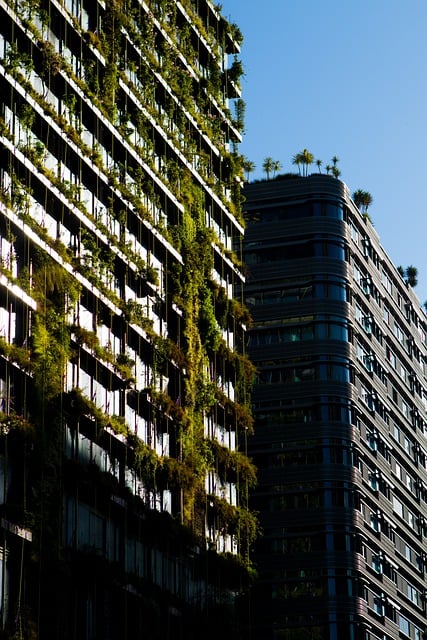
Collecting rainwater for irrigation is an excellent way to save on water bills while promoting sustainable gardening practices. Trusted methods include installing rain barrels at various points in your downspout system to capture excess runoff from your roof. These barrels can be equipped with filters and pumps to ensure water quality and pressure, making it suitable for both watering plants and feeding sprinkler systems. A typical 55-gallon barrel can collect over 1,000 gallons of water during a moderate rain event, providing enough to sustain most residential gardens for several weeks.
To maximize water savings, consider integrating DIY gardening projects that emphasize native and drought-resistant plant species. Native plants require less water because they’ve adapted to local conditions, reducing the need for supplemental irrigation. Affordability is achievable through thrifty gardening ideas like propagating your own plants from cuttings or seeds, using recycled containers for planting, and implementing a layer of organic mulch to reduce evaporation and weed growth. Metrics show that proper mulching can save up to 50% on water usage compared to unmulched gardens, making it a cost-effective frugal garden hack.
Superior DIY Ideas to Cut Garden Water Bills
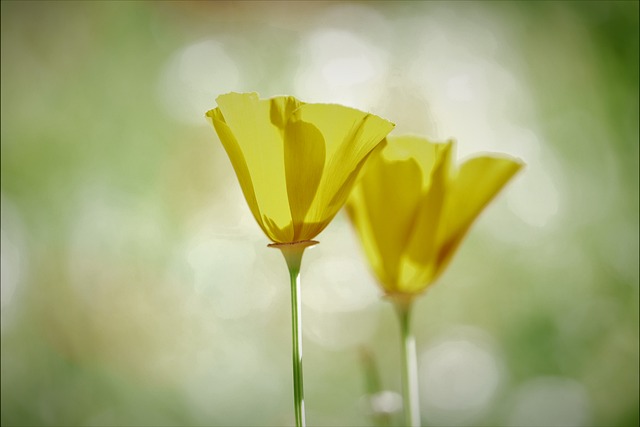
Collecting rainwater for irrigation is an excellent DIY gardening project that can significantly slash your water bills while promoting sustainable budget gardening tips. This frugal hack involves setting up a simple rainwater harvesting system, such as installing barrels or tanks to collect water from your roof. For instance, a 1000-gallon tank can be filled in just one inch of rainfall, providing enough water to sustain most home gardens for weeks. Many successful homeowners have reported saving hundreds of dollars annually on their water bills while achieving lush and vibrant yards using this inexpensive garden design approach.
Beyond rainwater collection, there are numerous thrifty gardening ideas to explore for low-cost landscaping. For example, instead of buying new plants, consider propagating your existing ones through stem cuttings or division. This frugal garden hack not only saves money but also encourages a more sustainable and self-sufficient backyard garden. Additionally, adding compost to your soil is an inexpensive yet effective way to improve plant health, reduce watering needs, and enhance soil structure over time. These cost-effective gardening strategies demonstrate that achieving a beautiful and thriving garden doesn’t have to break the bank.
Successful & Inexpensive Landscaping Hacks for Your Backyard
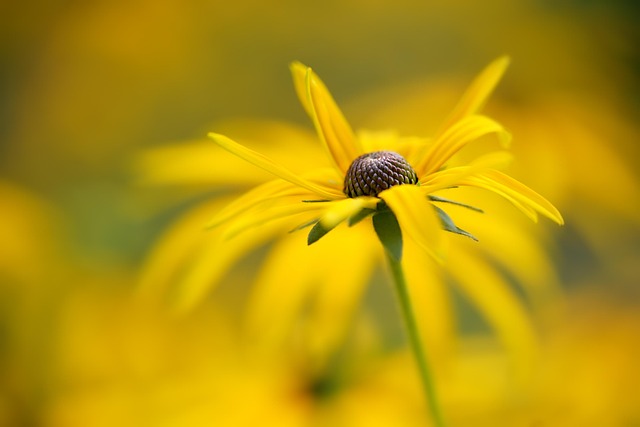
Successful & Inexpensive Landscaping Hacks for Your Backyard
One of the most effective and frugal landscaping hacks is to embrace rainwater collection for irrigation. Installing a simple rainwater harvesting system can significantly reduce your water bills while promoting sustainable gardening practices. For instance, a typical 1000-gallon rainwater tank, paired with a basic drip irrigation system, can cover the watering needs of a medium-sized backyard garden, saving you up to $500 annually on water expenses.
Another excellent budget gardening tip is to prioritize native plants and drought-tolerant species in your garden design. Native flora requires less water and maintenance compared to non-native varieties. For example, substituting high-maintenance lawn areas with native grasses or ground covers not only reduces watering needs but also provides habitat for local wildlife. Moreover, affordable garden ideas like creating multi-functional spaces—like using raised beds for vegetable gardening that double as attractive landscaping features—can enhance the aesthetic appeal of your backyard while keeping costs low.
Optimized Budget Gardening Tips for a Thriving Yard
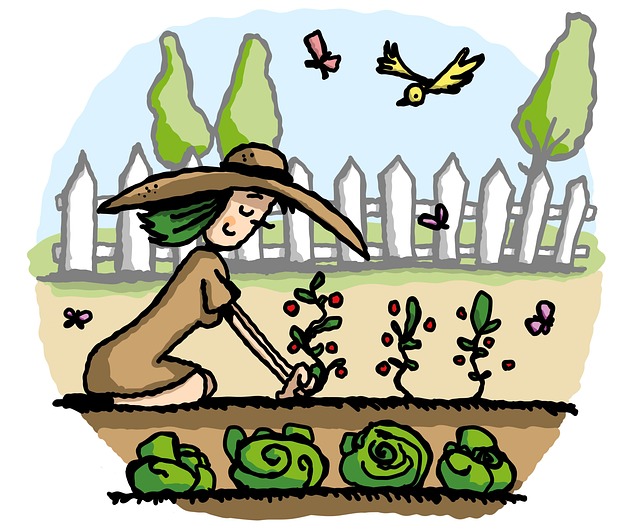
When it comes to creating a lush and vibrant yard without breaking the bank, optimized budget gardening is the way to go. One effective strategy is to embrace rainwater collection for irrigation. By installing simple rain barrels or implementing a more sophisticated system, you can harness nature’s gift and significantly reduce your water bills. This not only saves money but also promotes sustainable practices, ensuring your garden thrives with minimal environmental impact. For instance, capturing rainwater from your roof’s downspouts can provide a constant supply of free water for your plants, especially during the summer months when water restrictions might be in place.
Additionally, DIY gardening projects offer numerous frugal solutions for both beginners and seasoned gardeners. Creating raised beds from recycled materials like old pallets or building a compost pile to enrich the soil are cost-effective ways to start your green journey. Planting native species is another excellent tip; these plants require less water and maintenance, providing beautiful landscapes while preserving local ecosystems. For example, many states offer incentives for installing native plant gardens, further reducing costs and promoting biodiversity in urban areas.
